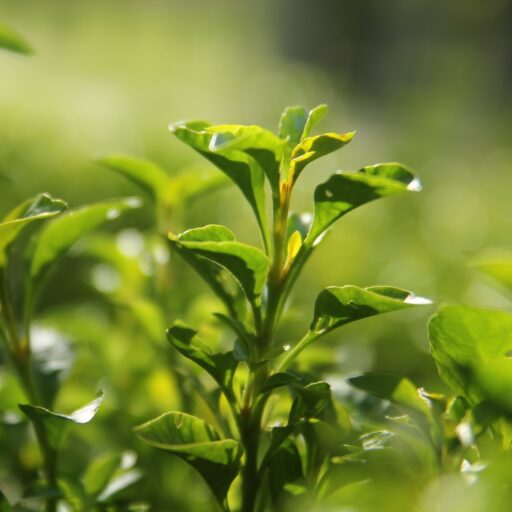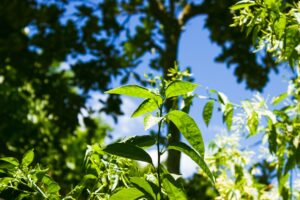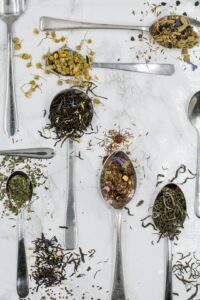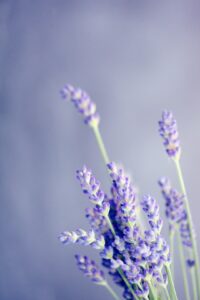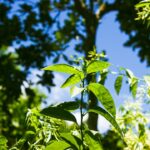Support our educational content for free when you purchase through links on our site. Learn more
[2023] How to Make Tea from Plants: A Comprehensive Guide to Growing and Brewing Your Own Herbal Tea
Quick Answer: Yes, you can make tea from fresh plants. By harvesting and processing the leaves, you can create your own delicious and aromatic homemade herbal tea. In this guide, we will walk you through the steps of growing, harvesting, and brewing tea from plants, providing expert advice and tips along the way.
Table of Contents
- Quick Answer
- Quick Tips and Facts
- How to Make Tea from Plants
- FAQ
- Conclusion
- Useful Links
- Reference Links
Quick Answer
Yes, you can make tea from fresh plants. By growing your own tea plants, harvesting the leaves, and properly processing them, you can create your own homemade herbal tea. It's a rewarding and sustainable way to enjoy a cup of tea made from your own garden.
Quick Tips and Facts
- Tea can be made from a variety of plants, including Camellia sinensis (true tea), as well as various herbs and botanicals.
- Different plants and herbs offer unique flavors and health benefits.
- Growing tea plants requires specific conditions, such as well-drained soil, partial shade, and proper pruning.
- Tea leaves are typically harvested by hand-picking the young and tender leaves.
- Processing tea leaves involves withering, rolling, oxidizing (for black tea), and drying.
- Brewing tea requires steeping the processed leaves in hot water for a specific amount of time.
How to Make Tea from Plants
In this section, we will guide you through the process of making tea from plants, from growing tea plants to brewing a delicious cup of homemade herbal tea.
Growing Tea Plants
To make tea from plants, you first need to grow tea plants in your garden. The most common tea plant is Camellia sinensis, which is used to make true tea. Here are the steps to grow tea plants:
- Choose a suitable location: Tea plants thrive in well-drained soil and partial shade. Find a spot in your garden that meets these requirements.
- Obtain tea plant seedlings or seeds: You can purchase tea plant seedlings or seeds from nurseries or online stores.
- Prepare the soil: Tea plants prefer acidic soil with a pH level between 4.5 and 6.0. Amend the soil if necessary to achieve the right pH level.
- Plant the tea seedlings or seeds: Dig a hole slightly larger than the root ball of the seedling or sow the seeds directly in the soil. Space the plants about 3 to 4 feet apart.
- Water and care for the plants: Tea plants require regular watering, especially during dry periods. Mulch around the plants to conserve moisture and suppress weeds. Prune the plants to encourage bushier growth.
Harvesting Tea Leaves
Once your tea plants are mature enough, you can start harvesting the leaves. The timing and method of harvesting depend on the type of tea you want to make. Here's how to harvest tea leaves:
- Choose the right time to harvest: For most tea types, harvest the young and tender leaves when they have fully unfurled but are not yet mature.
- Hand-pick the leaves: Gently pluck the leaves from the stem, being careful not to damage the plant. Only harvest a few leaves from each plant to allow for regrowth.
- Harvest selectively: If you want to make different types of tea, such as green, black, or white tea, you may need to harvest leaves at different stages of maturity.
Processing Tea Leaves
After harvesting the tea leaves, they need to be processed to turn them into tea. The processing method varies depending on the type of tea you want to make. Here are the general steps for processing tea leaves:
- Withering: Spread the freshly harvested leaves in a cool and well-ventilated area to allow them to wither. This helps reduce moisture content and make the leaves more pliable.
- Rolling: Gently roll the withered leaves to break down their cell walls and release the natural juices. This step helps initiate oxidation, which is crucial for certain types of tea.
- Oxidizing: If you want to make black tea or oolong tea, allow the rolled leaves to oxidize by exposing them to air. The oxidation process enhances the flavor and color of the tea.
- Drying: Finally, dry the processed leaves to stop the oxidation and remove any remaining moisture. You can air-dry the leaves or use a dehydrator or oven set to a low temperature.
Brewing Tea
Now that you have processed tea leaves, it's time to brew a cup of tea. The brewing method varies depending on the type of tea you made. Here are some general guidelines for brewing tea:
- Boil water: Heat water to the appropriate temperature for the type of tea you're brewing. Different teas require different water temperatures, ranging from 160°F (71°C) for green tea to 212°F (100°C) for black tea.
- Measure the tea: Use about 1 teaspoon of loose tea leaves per cup of water. Adjust the amount based on your preference for a stronger or milder flavor.
- Steep the tea: Place the tea leaves in a teapot or infuser and pour the hot water over them. Steep the tea for the recommended time, usually 2-5 minutes, depending on the type of tea.
- Strain and serve: Once the tea has steeped, strain the leaves and pour the tea into cups. Add sweeteners or other flavorings if desired.
FAQ
Can you make tea from fresh plants?
Yes, you can make tea from fresh plants. By growing and harvesting tea plants, you can process the leaves to create your own homemade herbal tea.
Do you have to dry plants before making tea?
Yes, it is necessary to dry tea leaves before making tea. The drying process helps preserve the flavor and aroma of the leaves.
How do you make tea from raw leaves?
To make tea from raw leaves, you need to harvest the leaves, wither them, roll them, oxidize them (if making black tea), and then dry them.
How do you turn a tea plant into tea?
To turn a tea plant into tea, you need to grow tea plants, harvest the leaves, process them (wither, roll, oxidize, and dry), and finally, brew the processed leaves in hot water.
Can you make tea from any plant?
While tea is most commonly made from the Camellia sinensis plant, you can also make tea from various herbs and botanicals, each offering unique flavors and health benefits.
Conclusion
Making tea from plants is a rewarding experience that allows you to enjoy the flavors and benefits of homemade herbal tea. By growing tea plants, harvesting the leaves, and properly processing them, you can create your own unique blends. Remember to experiment with different plants and herbs to discover your favorite flavors. Cheers to a cup of tea made with love and nature!
Useful Links
- Shop tea plants on Amazon
- Shop tea processing equipment on Amazon
- Shop tea accessories on Amazon
- Explore tea-related books on Amazon
Reference Links:
- https://www.thespruce.com/how-to-make-tea-from-plants-5111919
- https://www.gardeningknowhow.com/edible/herbs/hgen/herbal-tea-plants.htm
- https://www.teatulia.com/brewing/how-to-brew-tea.html
Visit Growing Teas™ for more information on growing and brewing your own tea.
